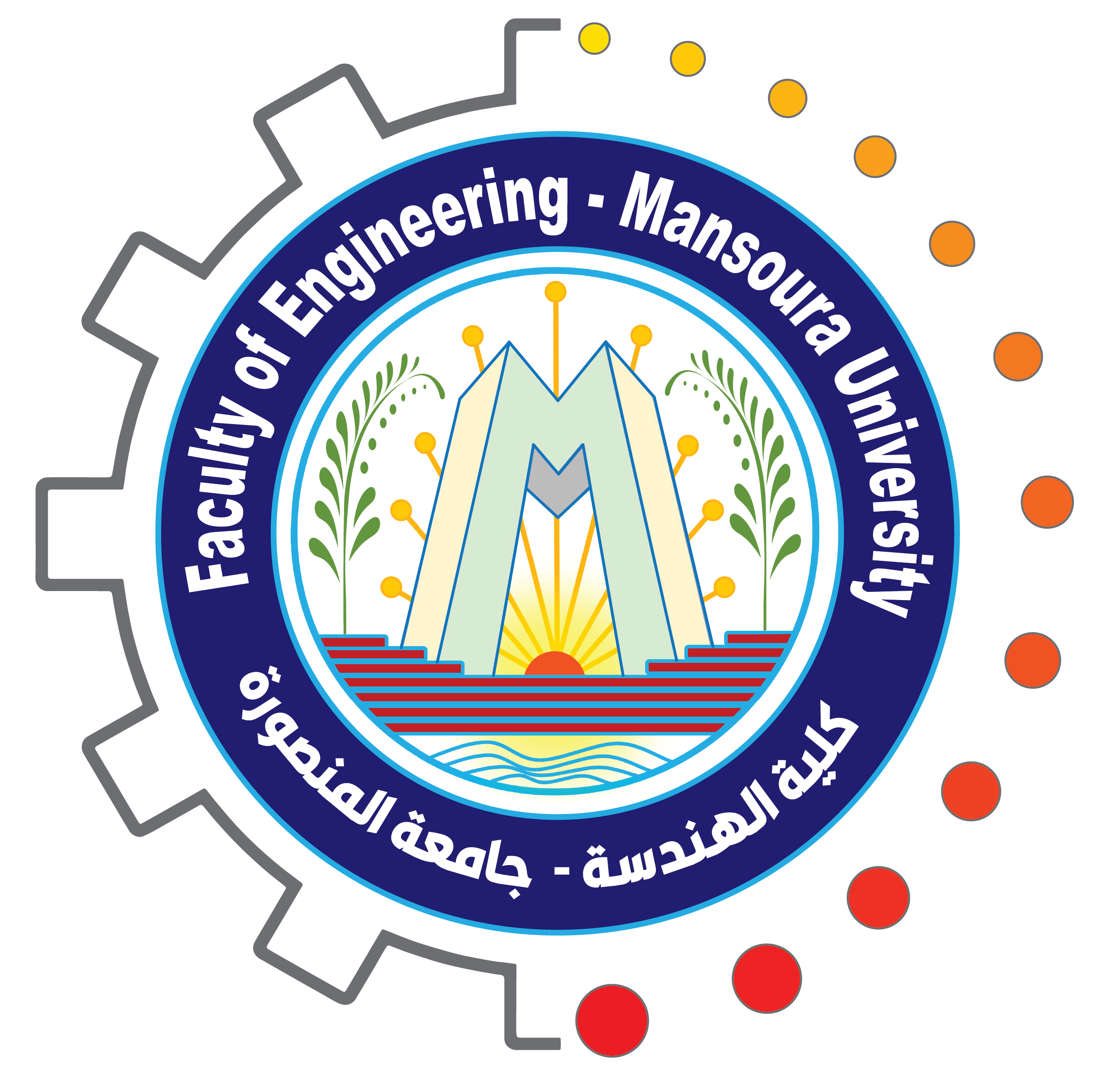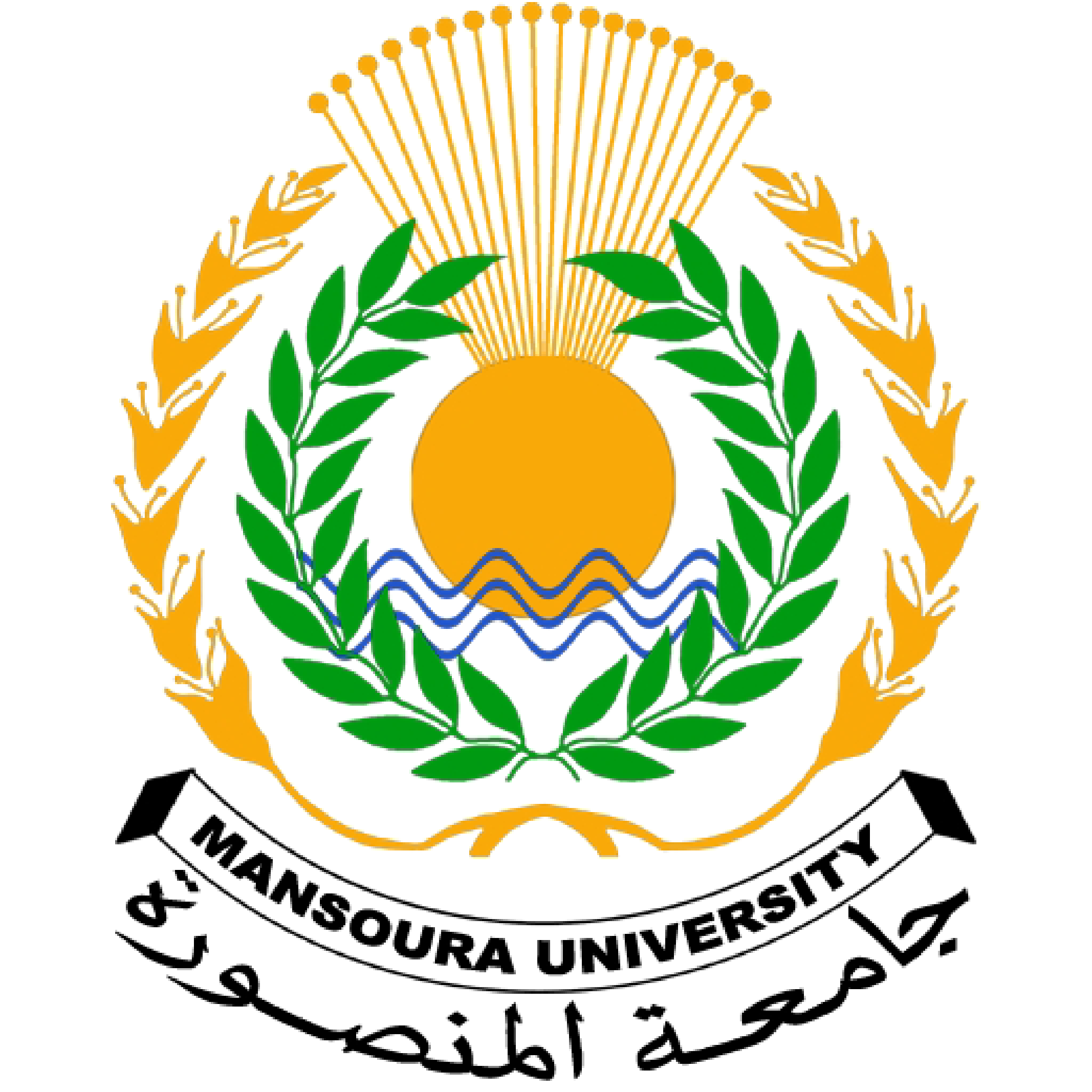Subject Area
Civil and Environmental Engineering
Article Type
Original Study
Abstract
The previous researches studied the concentration of (THMs) in water networks having only one feeding source. This research illustration the effect of multiple feeding source for water supply network on the concentration of (THMs). This research focuses on the evaluation and assessment of THMs contamination in Fayoum Water Supply Network. To investigate the influence of multiple feeding source for a distribution water network on the THMs contaminant, an intensive 5-months sampling programmed was undertaken. pH, Free Chlorine, Bromine, Temperature, Travel Time, TOC and THMs were all measured. Results showed that the concentration of THMs in all the selected points in the distribution network were less than the maximum acceptable concentration for THMS, and the chloroform is the predominant THMS compound (it represents an average of 50% of total THMS ). It was noticed that an average chlorine consumption of 0.1 mg/L leads to the increase of THMs concentration by 2.0 to 2.5 μg/L. An increase in temperature by 5°C leads to the increase of THMs concentration by 27% to 32%. The higher the initial THMs formation after post-chlorination, the lower the relative increase in THMs in the distribution system. The mixing between two feeding sources is better for the distribution network not only for flexibility in operation, but also for the properties of the water and the concentration of THMs at point of mixing between conventional treatment plant & small plant is less than the concentration of THMS at point in distribution network for small plant only.
Keywords
Disinfection by-Products; THMs; Chlorine; Fayoum Water Distribution System
Recommended Citation
El Shehawy, R.
(2020)
"Affection of Multiple Feeding Water Supply Network on the Concentration of Trihalomethane.,"
Mansoura Engineering Journal: Vol. 34
:
Iss.
2
, Article 4.
Available at:
https://doi.org/10.21608/bfemu.2020.125602










